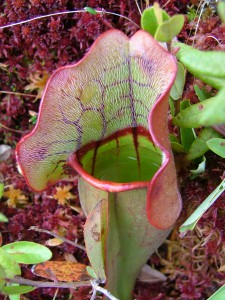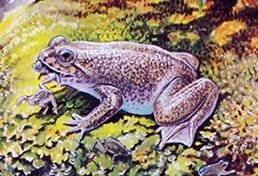Podcast: Play in new window
BOB HIRSHON (host):
The world inside a pitcher plant. I’m Bob Hirshon and this is Science Update.
Carnivorous pitcher plants are more than just interesting oddities. According to community ecologist Ben Baiser at Harvard Forest in Massachusetts, each pitcher plant contains a unique and complex food web.
BEN BAISER (Harvard Forest):
The plants produce new leaves every spring and when each leaf opens, they’re completely sterile, they fill with rainwater, and then an insect comes and falls in.
HIRSHON:
Tiny flies shred the insects, allowing bacteria to break them down. Protozoans feed on the bacteria, only to be gobbled up by microscopic animals, whose waste provides nutrients for the pitcher plant. If one element in the food web changes, such as too many trapped insects, it affects the entire web. Baiser says identifying the factors that make each pitcher plant’s food web unique can help scientists understand food webs in much larger ecosystems, like oceans and lakes. I’m Bob Hirshon, for AAAS, the science society.


 Energy Drinks & Heart Disease
Energy Drinks & Heart Disease